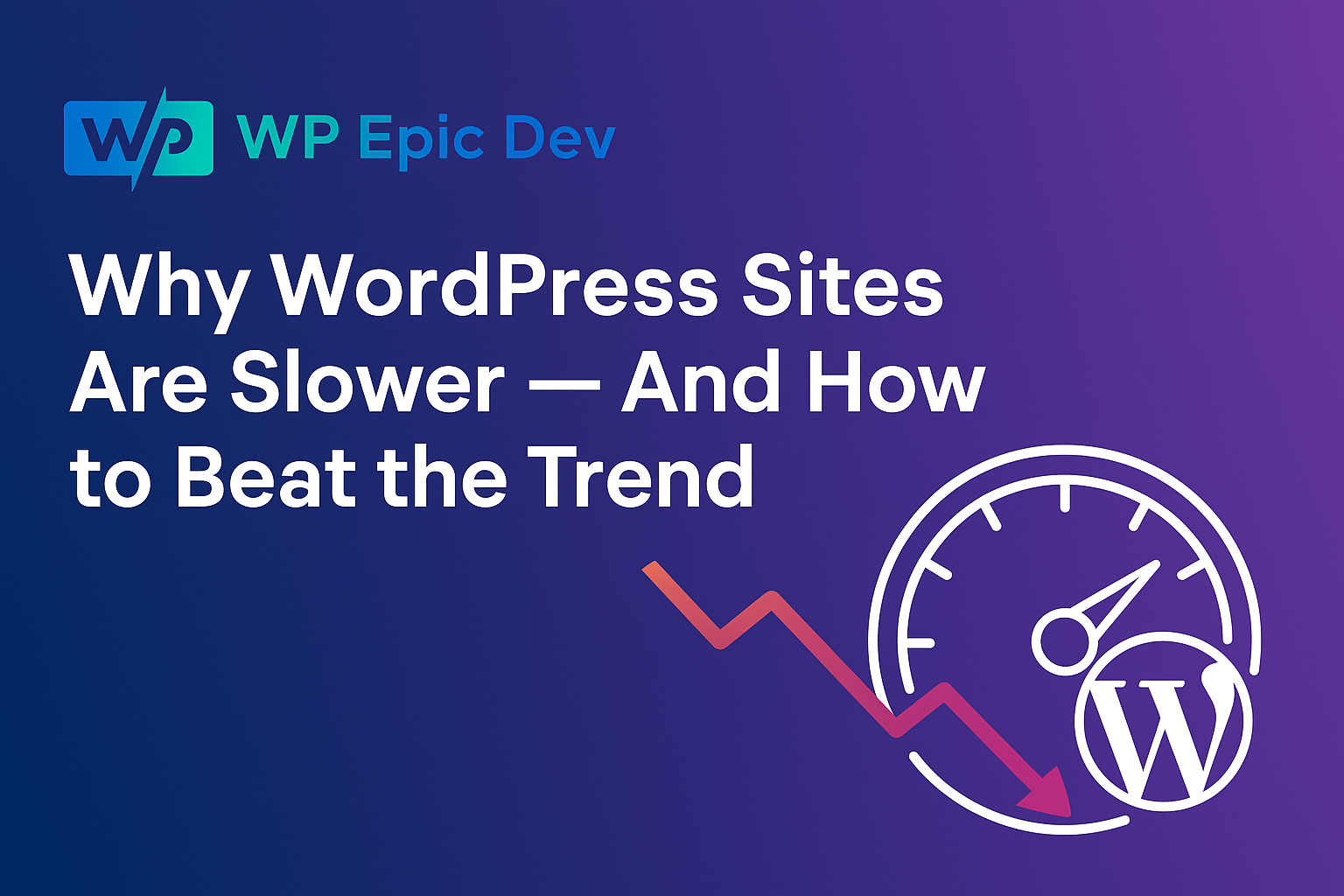Let’s break down the real difference between WordPress SEO and Technical SEO, and how both affect website speed optimization and search visibility worldwide. 🔍 What Is WordPress Search Eingne Optimiztion ?WordPress Speed Optimization focuses on content and plugin-based optimization, including: 🔧 What Is Technical SEO?Technical Speed Optimization, on the other hand, focuses on how search engines crawl, index, and rank your site. It includes: Technical SEO is what makes your site truly “Google-ready.” Without it, great content can’t reach its full ranking potential. Therefore, addressing technical issues is crucial. 🚀 Why Website Speed Optimization Is the Bridge Between SEO TypesSite speed directly affects both SEO and user experience — especially for international visitors. Let’s see how: Area Benefit for SEO Impact on Global Users Image Compression Faster load times Saves mobile data CDN & Caching Setup Quicker page delivery Improves global site access Minimizing Code Reduces browser workload Boosts loading on slower devices Fewer Plugins Less server load Increases stability Slow pages lead to high bounce rates. Especially for users overseas, speed = success. 🆚 WordPress SEO vs Technical SEO Aspect WordPress SEO Technical SEO Focus Area Content & on-page optimization Infrastructure & performance Tools Used SEO plugins (Yoast, Rank Math) GSC, GTmetrix, Lighthouse, CDN Visible to Users? Yes Mostly behind-the-scenes SEO Impact Medium High Relevance for Global Somewhat Extremely critical 💡 Why Both Matter — Especially OverseasSearch engines reward sites that are: If your WordPress site only focuses on content SEO, you’re only halfway optimized — especially for international audiences. 🔧 How WPEpicDev HelpsAt WP Epic Dev, we specialize in combining both WordPress SEO and technical website speed optimization to deliver complete performance solutions. Our services include:✅ Speed optimization (Core Web Vitals, CDN, caching)✅ Technical SEO audits & fixes✅ Plugin load reduction✅ Mobile optimization for global reach✅ SEO plugin configuration done right 🏁 Final Thoughts💬 Your WordPress SEO gets your content ready.🛠️ Your technical SEO makes sure it ranks.🚀 Your website speed optimization ensures users actually stay.To succeed globally, your site needs content, structure, and speed — all working together. 👉 Want your WordPress site to perform better overseas?Get a free speed & SEO audit from WP Epic Dev today.Because slow sites don’t win. 📎 Optional Add-Ons:Let me know if you’d like me to provide:A short version for social media promotionA banner image (already designed or new custom)A simple infographic for visual comparisonThe blog post in HTML or WordPress Gutenberg formatA short version for social media promotion
Why WordPress Sites Are Slower — And How to Beat the Trend
If your WordPress sites aren’t loading as fast as it used to — even after installing a caching plugin or using a fast theme — you’re not alone.Website speed has become a bigger challenge recently, especially for global users accessing content from different locations and devices. But the good news is that you can still stay ahead of the curve with smart WordPress speed optimization strategies. Let’s look at what’s really slowing things down — and how to fix it. ⚠️ Why WordPress sites Are Slower WordPress is a powerful platform, but performance can take a hit if it’s not carefully optimized. Here are the top reasons for poor speed performance: 1. Too Many PluginsEvery plugin adds weight. Some load scripts and styles on every page — even when they’re not needed — which slows down your site. 2. Bulky Themes Many premium themes look great but come overloaded with unnecessary features, page builders, and scripts that add load time. 3. Unoptimized Images and Media Uploading high-resolution images or uncompressed videos slows down page speed, especially on mobile or slow internet connections. 4. Third-Party Scripts Live chats, social widgets, ads, and tracking codes often load from external servers, creating bottlenecks in page rendering. 5. No CDN for International Users If your hosting server is in one region, overseas visitors experience longer wait times. A lack of CDN (Content Delivery Network) support only makes it worse. ✅ How to Speed Up Your WordPress Sites Here’s how to regain control and improve page speed optimization: 🔧 1. Choose a Fast, Lightweight Theme Themes like GeneratePress, Astra, or Blocksy are built with performance in mind. They load only what’s necessary. 🚀 2. Use a Caching Plugin Tools like LiteSpeed Cache, WP Rocket, or W3 Total Cache store and serve static versions of your pages, reducing load on your server. 🖼 3. Optimize Images Automatically Use plugins like Smush, ShortPixel, or Imagify to compress and serve images in modern formats like WebP without losing quality. 🧹 4. Clean and Minify Code Install Autoptimize or Asset CleanUp to combine, minify, and defer loading of JavaScript and CSS files. 🌍 5. Set Up a CDN A CDN like Cloudflare, BunnyCDN, or KeyCDN caches and delivers your content from servers closer to your users — wherever they are. 🗂 6. Clean Your WordPress Database Over time, your database accumulates clutter. Clean it with WP-Optimize to remove post revisions, spam comments, and other junk. 📊 Tools to Test Your Website Speed Use these free tools to check and track your website speed optimization efforts: Focus on real performance metrics like: 🏁 Final Thoughts A slow website isn’t just annoying — it affects SEO, bounce rates, and even conversions. But WordPress doesn’t have to be slow. With the right tools and a clear optimization strategy, you can turn a sluggish site into a fast, responsive experience that your users (and Google) will love. At WPEpicDev.com, we specialize in efficient, global-ready WordPress speed optimization. Whether you’re targeting a local audience or reaching visitors across continents, we can help you create a site that performs — everywhere.


